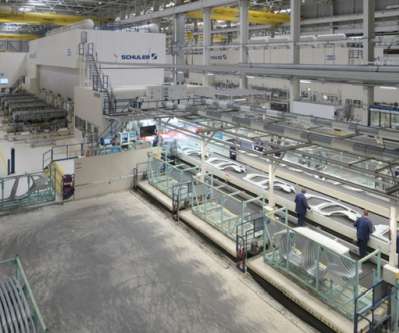BMW Group to procure low-carbon steel from Salzgitter AG for European plants; second low-carbon steel deal
Green Car Congress
FEBRUARY 2, 2022
In October 2001, the group announced an agreement with Swedish startup H2 Green Steel. This green hydrogen will replace the coal currently used in the conventional blast-furnace process. The BMW Group is expanding sourcing of low-carbon steel to two suppliers, meeting up to 40% of steel demand at European plants by 2030.












Let's personalize your content